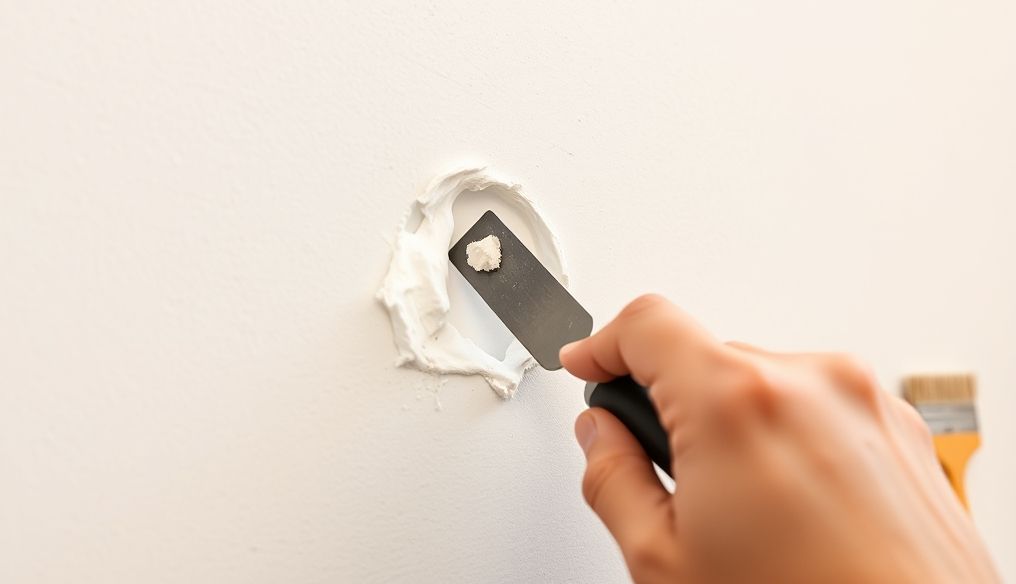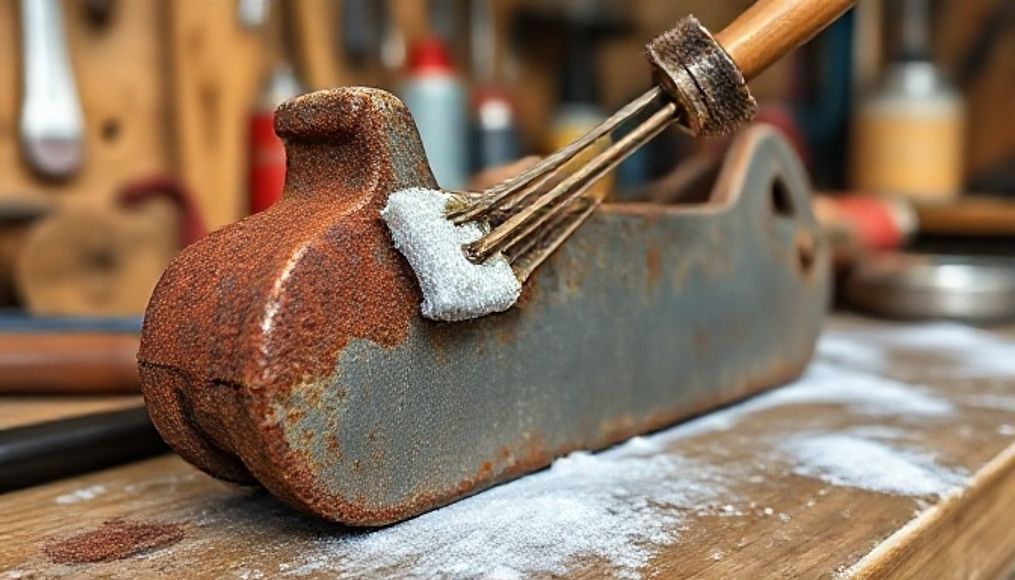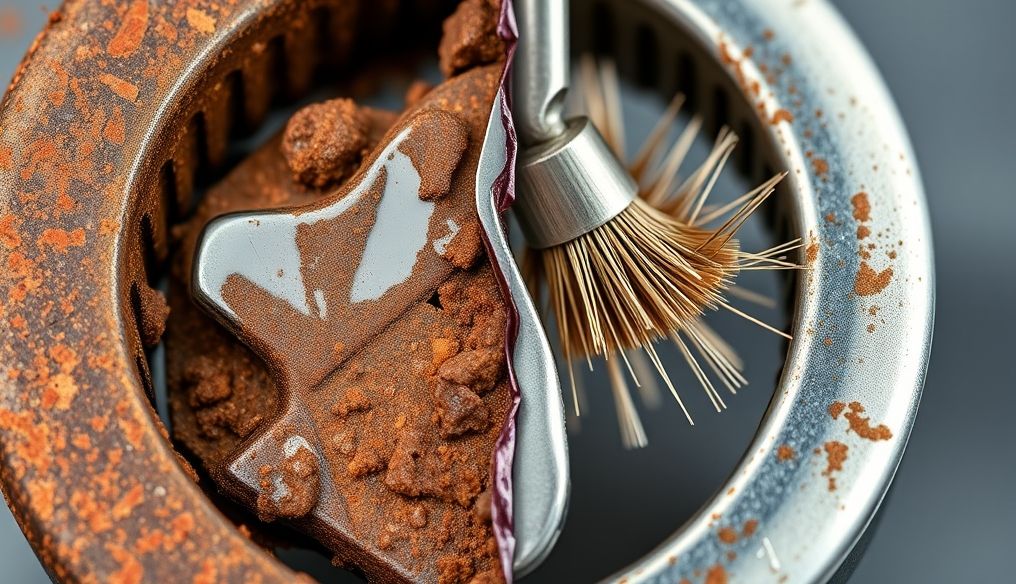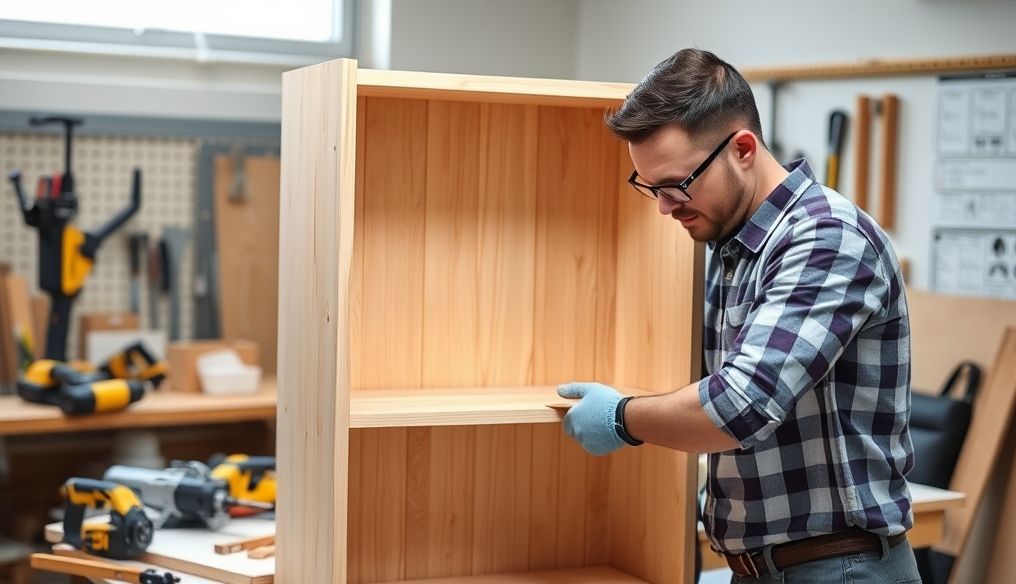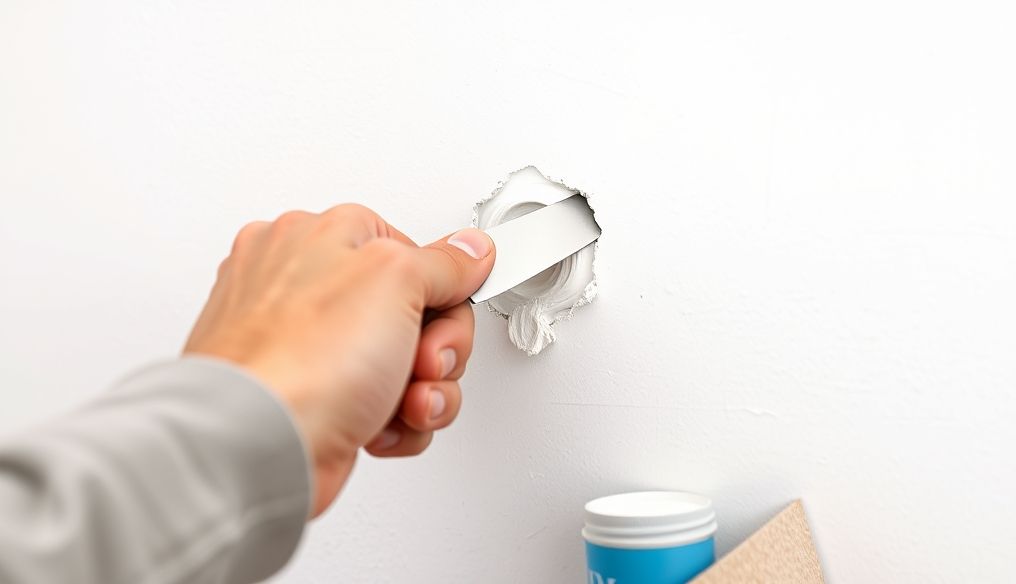Can You Fix a Small Hole in Drywall Yourself and Save Money?
Drywall, also known as gypsum board or sheetrock, is a popular choice for covering interior walls in modern homes. It's relatively easy to install, provides a smooth surface for painting, and is an economical option. However, it's also susceptible to damage, especially small holes caused by nails, screws, or even accidental bumps. Fortunately, repairing these small holes is a DIY project you can easily tackle, saving you money and keeping your home looking its best.
Why Bother Fixing Small Holes in Drywall?
Fixing a small hole in drywall might seem unnecessary, but there are several reasons why it's important:
- Aesthetic Appeal: Even small holes can detract from the appearance of a room and make it look neglected.
- Preventing Further Damage: If left unrepaired, the hole can widen over time due to moisture or impacts.
- Pest Control: Small holes can serve as entry points for insects and small rodents.
- Maintaining Home Value: Well-maintained walls increase the value of your home when selling.
Tools and Materials Needed to Fix a Small Hole in Drywall
Before starting the repair process, make sure you have all the necessary tools and materials. Here's a basic list:
- Spackle or Joint Compound: This is a material used to fill holes and cracks in drywall.
- Putty Knife: Used to apply and smooth the spackle.
- Sandpaper: Used to smooth the surface after the spackle has dried.
- Damp Cloth: To clean the area around the hole.
- Paint Matching the Wall Color: To cover the repaired area after sanding.
- Small Paint Brush or Sponge: To apply the paint.
- Safety Glasses: To protect your eyes from dust during sanding.
- Dust Mask: To protect your lungs from dust during sanding.
Steps to Repair a Small Hole in Drywall
- Clean the Area: Using a damp cloth, clean the area around the hole to remove any dirt, dust, or paint flakes.
- Apply Spackle: Using the putty knife, apply a small amount of spackle to the hole. Make sure to fill the hole completely.
- Smooth the Spackle: Using the putty knife, smooth the spackle so that it's level with the surface of the wall. Try to avoid leaving any rough edges or bumps.
- Wait for the Spackle to Dry: Let the spackle dry completely. This may take a few hours or even overnight, depending on the type of spackle and the room temperature.
- Sanding: Once the spackle is completely dry, use sandpaper to smooth the surface. Sand lightly in circular motions until the surface is smooth and level with the rest of the wall.
- Remove Dust: Using a damp cloth, remove any dust created by sanding.
- Painting: After the surface is completely dry, paint the repaired area using paint that matches the wall color. Use a small paint brush or sponge to apply the paint. You may need to apply two coats of paint for full coverage.
- Let the Paint Dry: Let the paint dry completely before touching the wall.
Additional Tips for a Successful Repair
- Use High-Quality Spackle: This will help ensure a durable and long-lasting finish.
- Don't Over-Apply Spackle: It's easier to add more spackle later than to remove too much.
- Be Patient: Don't try to speed up the drying process. Let the spackle and paint dry completely before moving on to the next step.
- If the Hole is Too Big: If the hole is larger than an inch, you may need to use a more complex repair technique, such as using a drywall patch to cover the hole.
- Safety First: Wear safety glasses and a dust mask to protect your eyes and lungs during sanding.
Types of Drywall Repair Compound
There are two main types of drywall repair compound:
- Spackle: Spackle is a good choice for small holes and cracks. It dries quickly and is easy to sand.
- Joint Compound: Joint compound is typically used to fill seams in drywall. It dries more slowly but is stronger than spackle.
Choose the appropriate type of compound based on the size of the hole and the type of drywall.
Common Mistakes to Avoid When Fixing a Hole in Drywall
- Not Cleaning the Area Before Repairing: Dirt and dust can prevent the spackle from adhering properly.
- Applying Too Much Spackle at Once: This can cause the spackle to crack as it dries.
- Not Waiting for the Spackle to Dry Completely Before Sanding: This can damage the spackle.
- Sanding Too Hard: This can remove too much spackle.
- Not Using Paint that Matches the Wall Color: This can make the repair noticeable.
When Should You Hire a Professional?
While fixing small holes in drywall is a DIY project, there are some situations where you may need to hire a professional:
- If the Hole is Too Big: If the hole is larger than a few inches, it may be difficult to repair on your own.
- If the Drywall is Severely Damaged: If the drywall is cracked or crumbling, you may need to replace it.
- If You're Not Comfortable Doing the Repair Yourself: If you're not confident in your ability to repair the hole properly, it's best to hire a professional.
Cost of Repairing a Small Hole in Drywall
The cost of repairing a small hole in drywall depends on several factors, including the size of the hole, the type of drywall, and your location. However, you can expect to pay between $50 and $150 for a simple repair by a professional. If you do the repair yourself, the cost will be much lower, as you'll only pay for the tools and materials.
Maintaining Drywall and Preventing Holes
The best way to avoid having to repair holes in drywall is to prevent them from happening in the first place. Here are some tips:
- Be Careful When Moving Furniture: Avoid bumping furniture into the walls.
- Use Wall Protectors: Wall protectors can help prevent damage to walls.
- Install Shelves and Pictures Properly: Use appropriate fasteners for drywall.
- Repair Any Small Damage Immediately: This will prevent the damage from getting worse.
Conclusion
Repairing a small hole in drywall is a relatively simple DIY project that can save you money and keep your home looking its best. By following the steps and tips outlined above, you can easily repair small holes and restore your walls to their original condition. Always remember to follow safety precautions and use high-quality materials for the best results.
